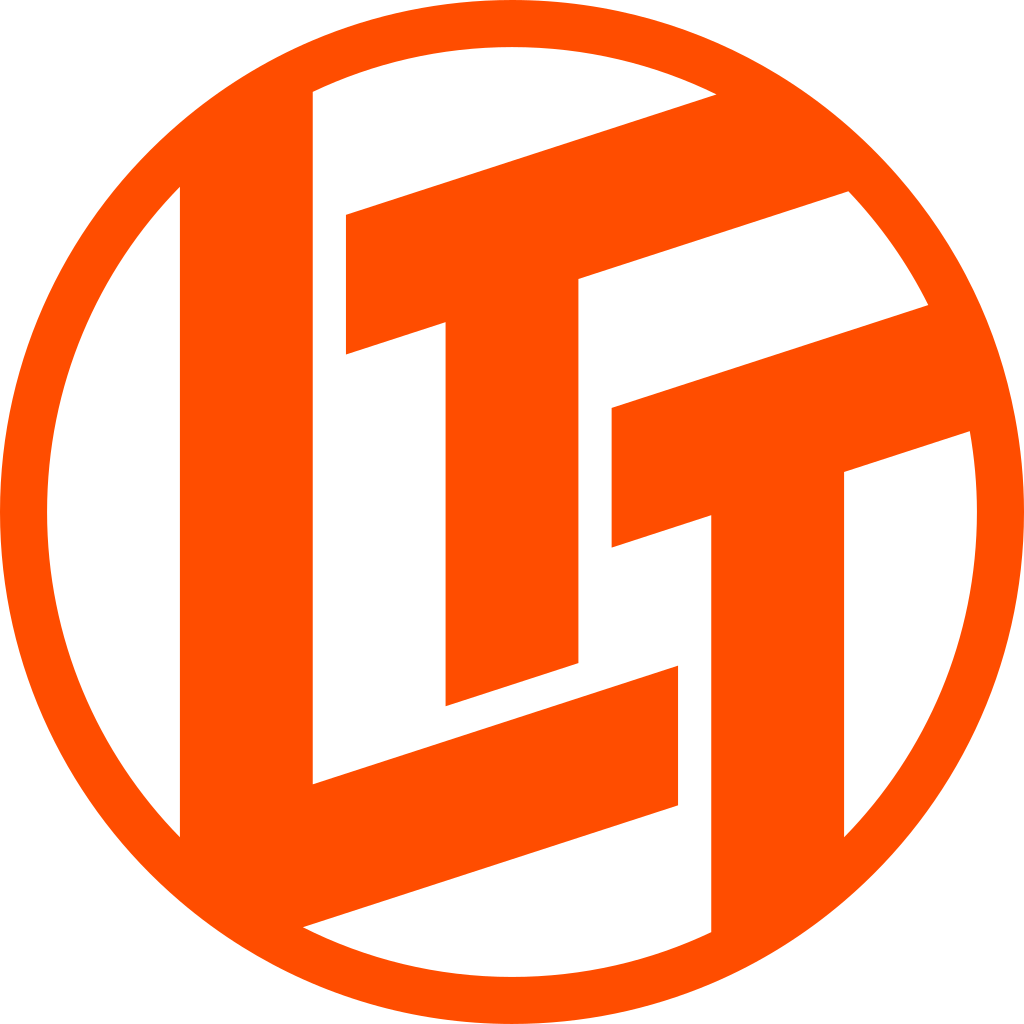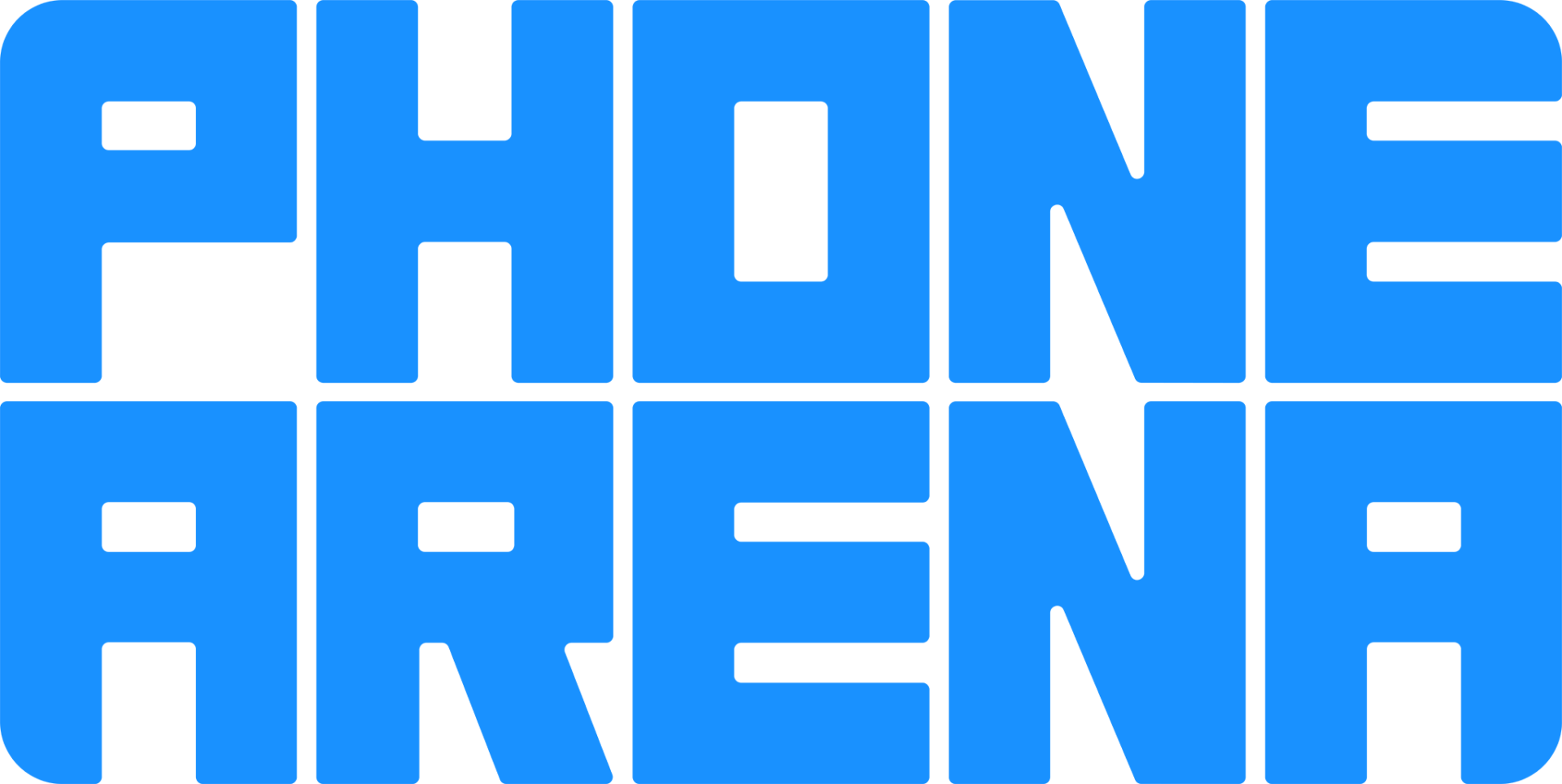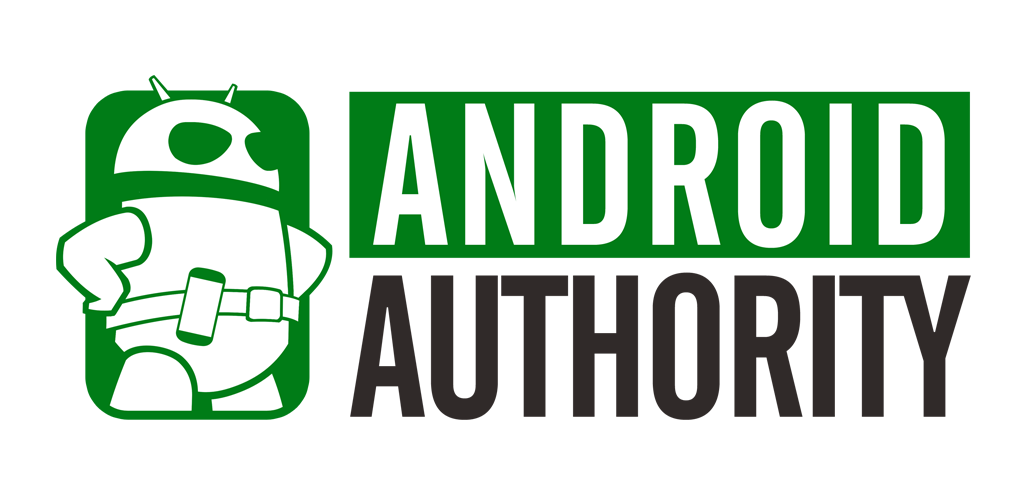A comparison of specs, key information, reviews, and best pricing from top retailers
Last updated -- hours ago | Report incorrect information
What we think

The PerfectRec TV team Learn more
Updated January 10, 2024·
If you prioritize gaming and overall picture quality and don't mind spending more, the Hisense U7G is a strong choice, especially for darker rooms. It has a faster refresh rate, which is better for fast-moving content. Alternatively, the LG UP7000 costs less and might be a better fit if you don't need top-tier gaming performance but still want a TV that performs reasonably in various viewing conditions. However, it has a lower refresh rate and may not handle reflections as well as the Hisense. Give Feedback
this description is based on the product variant with some specs and product variant with some specs. At the time of writing, the variant with some specs cost some dollars and the variant with some specs cost some dollars.
Advantages of the Hisense U7G (LCD)
- Good for bright room
- Good for dark room
- Very good for gaming
- Good for movies & TV
- Very good for news, talk, & other TV
- Good for cartoons & animation
- Good for use as monitor
Advantages of the LG UP7000 (LCD)
- The LG UP7000 (LCD) has no clear advantages over the Hisense U7G (LCD).
Key differences
Picture Quality
7.6


5.6
7.75/10
CONTRAST
5.37/10
7.2/10
COLOR VOLUME SCORE
5.8/10
LED FALD
PANEL TYPE
LED
VA
PANEL SUB-TYPE
IPS
The Hisense U7G (LCD) has good picture quality, while the LG UP7000 (LCD) has poor picture quality.
Movies & TV
7.4


5.1
7.75/10
CONTRAST
5.37/10
6.4/10
BLACK UNIFORMITY
5.1/10
7.5/10
UPSCALING
7.5/10
Yes
HDR10 SUPPORT
Yes
Yes
HDR10+ SUPPORT
No
Yes
DOLBY VISION SUPPORT
No
The Hisense U7G (LCD) is good for movies & TV, while the LG UP7000 (LCD) is poor.
The Hisense U7G exhibits significantly better performance for watching movies and cinematic TV primarily because of its high contrast, effective local dimming, and good black uniformity, which are crucial for deep blacks and details in dark scenes.
Gaming
8.0


5.6
7.0/10
RESPONSE TIME SCORE
5.9/10
7.6/10
INPUT LAG SCORE
10.0/10
3.2/10
MOTION PROCESSING
6.0/10
70.0/100
GAMING LOCAL DIMMING
0.0/100
8.2/10
GAME HDR BRIGHTNESS SCORE
5.9/10
The Hisense U7G (LCD) is very good for gaming, while the LG UP7000 (LCD) is poor.
The Hisense U7G has a high refresh rate and short response times, making it responsive and smooth for gaming, whereas the LG UP7000, with a lower refresh rate and longer response times, will not be as smooth, causing potential delays in fast-paced gaming scenarios.
Cartoons & Animation
7.7


5.6
7.7/10
COLOR GAMUT SCORE
5.8/10
7.2/10
COLOR VOLUME SCORE
5.8/10
8.8/10
SDR BRIGHTNESS SCORE
6.8/10
6.4/10
COLORS OUT OF THE BOX SCORE
5.2/10
7.0/10
GRAY UNIFORMITY
6.6/10
The Hisense U7G (LCD) is good for cartoons & animation, while the LG UP7000 (LCD) is poor.
The Hisense U7G offers more vibrant colors right out of the box and covers a wider color gamut, which is key for vibrant animation, while the LG UP7000 falls short in these areas, providing less vivid colors and a more limited range. Although the LG UP7000 might be more affordable, its performance in critical areas like color reproduction doesn't live up to the standards set by the Hisense U7G for watching cartoons and animation.
News, Talk, & Other TV
8.1


5.9
8.8/10
SDR BRIGHTNESS SCORE
6.8/10
7.5/10
UPSCALING
7.5/10
The Hisense U7G (LCD) is very good for news, talk, & other TV, while the LG UP7000 (LCD) is poor.
The Hisense U7G delivers very good SDR brightness, which enhances its capability to upscale content crisply, making it suitable for watching news and TV programs even in bright conditions. In contrast, the LG UP7000 is only fair in SDR brightness and struggles to display accurate colors out of the box, affecting the overall watching experience for similar content.
Bright Room
7.7


5.9
5.5/10
VIEWING ANGLE
6.8/10
8.8/10
SDR BRIGHTNESS SCORE
6.8/10
7.7/10
HDR BRIGHTNESS SCORE
5.7/10
6.3/10
REFLECTIONS SCORE
6.0/10
The Hisense U7G (LCD) is good for bright room, while the LG UP7000 (LCD) is poor.
The Hisense U7G excels in a bright room as it has very good SDR and good HDR brightness levels, combined with its fair handling of reflections; whereas, the LG UP7000 struggles due to its fair SDR and poor HDR brightness and equally fair reflection handling. Moreover, the Hisense U7G's high contrast and good color volume contribute to a more vivid picture, compared to the LG's lower contrast and poor color volume which can make images look less vibrant.
Cost
$698


$620
$200
$400
$600
$800
$1,000
$1,200
The Hisense U7G (LCD) has a price of $698 and the LG UP7000 (LCD) costs $620.

Let Us Help Find Your Perfect TV
Find your new TV
Key similarities
Sports
6.1


6.5
3.2/10
MOTION PROCESSING
6.0/10
120Hz
REFRESH RATE
60Hz
7.6/10
INPUT LAG SCORE
10.0/10
7.5/10
UPSCALING
7.5/10
8.8/10
SDR BRIGHTNESS SCORE
6.8/10
Yes
HLG SUPPORT
Yes
The LG UP7000 (LCD) and Hisense U7G (LCD) are both only fair for sports.
The Hisense U7G has good motion processing and reflection handling, which is beneficial for watching fast-paced sports, but its viewing angles are limited, making it less ideal for group viewing. The LG UP7000, while offering the best viewing angles for group sports watching, falls short with poor response time and motion processing, potentially resulting in blur during fast action.
Give feedback
We’re constantly working to improve.
How the Hisense U7G (LCD) and the LG UP7000 (LCD) compare to other TVs
Spec Comparison
| Hisense U7G (LCD) | LG UP7000 (LCD) |
GENERAL | |||
|---|---|---|---|
| Price | |||
$698 | $620 | ||
Brand | |||
Brand | Hisense | LG | |
Release Date | |||
Release Date | June 2, 2021 | November 4, 2021 | |
Full name | |||
Full name | 65U7G | 65UP7000 | |
Screen Size | |||
Screen Size | 65" | 65" | |
Screen Resolution | |||
Screen Resolution | 4K | 4K | |
TV FEATURES | |||
|---|---|---|---|
Operating System | |||
Operating System | Android TV | webOS | |
Sound Quality Score | |||
Sound Quality Score | 7/10 | 7/10 | |
NextGen Ready | |||
NextGen Ready | No | No | |
HDMI Ports | |||
HDMI Ports | 4 | 2 | |
Coax Ports | |||
Coax Ports | 1 | 1 | |
DISPLAY QUALITY SCORES | |||
|---|---|---|---|
Picture Quality Score | |||
Picture Quality Score | 7.7/10 | 5.6/10 | |
Bright Room Score | |||
Bright Room Score | 7.8/10 | 6/10 | |
Gaming Score | |||
Gaming Score | 8/10 | 5.7/10 | |
Movies & TV Score | |||
Movies & TV Score | 7.4/10 | 5.1/10 | |
Sports Score | |||
Sports Score | 6.2/10 | 6.5/10 | |
PHYSICAL | |||
|---|---|---|---|
Dimensions w/o Stand (H x W x D) | |||
Dimensions w/o Stand (H x W x D) | 33.1" x 57" x 3.5" | 33.2" x 57.5" x 3.5" | |
Dimensions with Stand (H x W) | |||
Dimensions with Stand (H x W) | 35.5" x 57" | 36" x 57.5" | |
Weight without Stand | |||
Weight without Stand | 43.0 lbs | 37.9 lbs | |
VESA Mount | |||
VESA Mount | 300 x 200 | 400 x 300 | |
DISPLAY | |||
|---|---|---|---|
Color Depth | |||
Color Depth | 10 bit | 10 bit | |
Black Frame Insertion | |||
Black Frame Insertion | Yes | No | |
Auto Low Latency Mode | |||
Auto Low Latency Mode | Yes | Yes | |
Contrast | |||
Contrast | 7.8/10 | 5.4/10 | |
Local Dimming | |||
Local Dimming | 6.5/10 | 2.5/10 | |
SOUND | |||
|---|---|---|---|
Speaker Setup | |||
Speaker Setup | 2.0 | 2.0 | |
Speaker Power | |||
Speaker Power | 20 W | 20 W | |
Dolby Atmos | |||
Dolby Atmos | Yes | Yes | |
DTS:X | |||
DTS:X | Yes, Bypass only | No | |
Get a great deal on the Hisense U7G (LCD) or the LG UP7000 (LCD)
About Hisense
Hisense, a Chinese TV manufacturer, entered the US market in approximately 2011 and has since acquired TV divisions from various companies such as Toshiba, Sharp, Hitachi, and NEC. Currently ranking as the fourth largest vendor in terms of sales volume, Hisense aims to capture a wide range of TV budget segments. They offer exceptional value with TVs that often outperform their competitors at similar price points, making them a compelling choice for consumers. In the US, they use Google TV as their smart TV software which provides the largest app selection and a very modern user interface, however it is not as user friendly as the software from other vendors.
About LG
LG, a prominent TV brand from Korea, has played a significant role in popularizing OLED TVs. OLED technology is hailed as the future of TV technology. Their TVs employ WebOS, a proprietary smart TV software that not only offers seamless functionality but also includes gaming-specific features, earning praise from players worldwide. Often regarded as the gateway to unparalleled viewing experiences, LG's mid-range OLEDs come highly recommended, making them a worthwhile investment for those willing to stretch their budget for superior quality.
Give feedback
We're constantly perfecting our model
TV guides you might be interested in
More comparisons for you
FAQs
FAQs about TVs
Why trust us
This information was produced and vetted by the PerfectRec TVs team. We are a product research and recommendation organization that meticulously reviews and evaluates the latest TV information and makes it digestible for you.
By the numbers
385
TVs evaluated
33,110
TVs stats compiled
21
Proprietary TVs ratings developed
137,730
Recommendations made
20,660
Consumer hours saved
About the TV team
Joe Golden, Ph.D
CEO and TVs Editor
Joe is an entrepreneur and lifelong electronics enthusiast with a Ph.D in Economics from the University of Michigan.
Jason Lew
Staff Expert & Software Engineer
Jason is a staff expert and software engineer that has been making laptop recommendations for 7 years and moderates one of the largest laptop subreddits.
Chandradeep Chowdhury
Staff Expert & Software Engineer
Chandradeep is a staff expert and software engineer and expert in televisions and monitors. He’s been making monitor recommendations for ten years.
Jaime Roldán
TVs Expert
Jaime is a Colombia-based TV expert. He is an electronics engineer with 8 years of experience in the telecom sector and has been making TV recommendations for 12 years.







